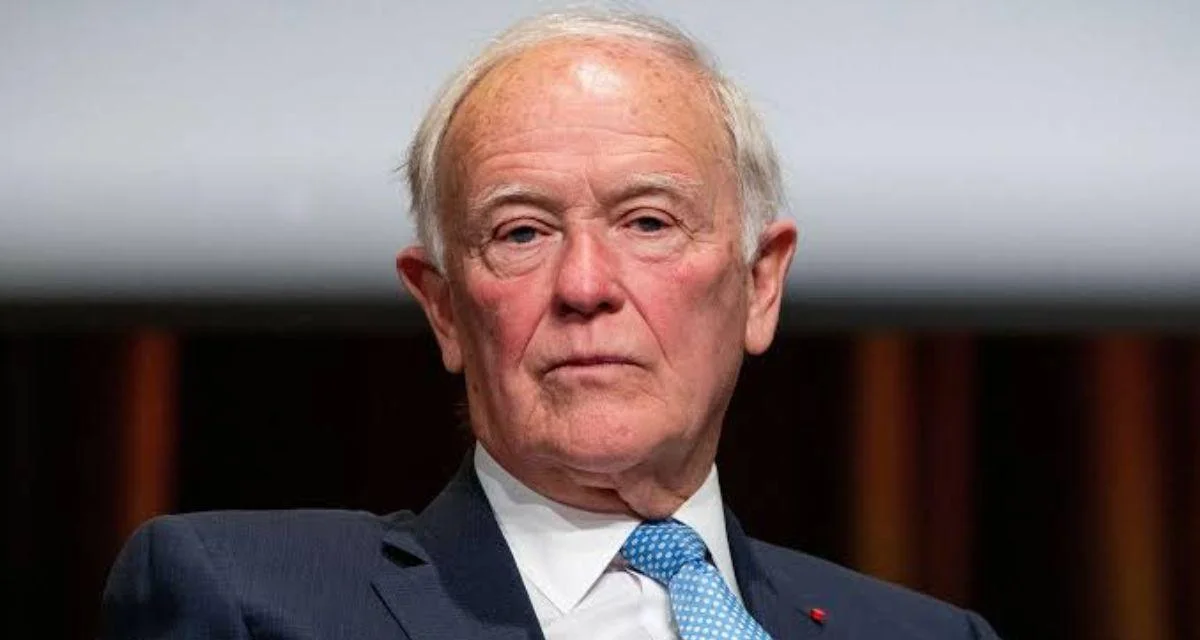Bosch also highlighted that modern alliances now go beyond networks and loyalty programs but continue to rely on these foundations: “Alliances are expensive and entail a huge amount of work. You have to work with other carriers who may have very different priorities and views. But generally, the bigger the alliance, the bigger the benefit for members.”
Currently, Oman Air connects Muscat with cities across Africa (Cairo, Dar es Salaam, Zanzibar), Asia (including Bangkok Suvarnabhumi, Delhi, Jakarta), Europe (London Heathrow, Paris CDG), and the Middle East (Doha, Dubai).
Representing Emirates was Trevor Chong, Vice President of Route Planning & Economics. He noted that Emirates’ geographic location allows it to offer over 7,000 city pairs without needing an alliance: “Emirates has never needed to be part of a global alliance due to its very powerful geocentric hub. It could offer a huge number of city pairs due to its geography—over 7,000 are available at the moment. It's very different for airlines that aren't so centrally located.”
Chong added that even this wide network is not enough given changing travel patterns: “7,000 is just not enough. The number of origins and destinations is becoming more fragmented. Travel is much more diverse nowadays, and we must be competitive.”
He recognized that alliances help reach remote locations but emphasized Emirates’ preference for direct partnerships: “Being non-aligned gives us much more choice and flexibility to decide on the absolute best partners to work with. We can replicate many of the benefits of alliance membership. We can be creative. We have a helicopter partner between Nice and Cannes, we have worked with low-cost carriers...”
Emirates maintains joint ventures such as one with Qantas and has over 100 interline agreements plus codeshares with more than 35 airlines.
Cirium data shows that aligned and non-aligned carriers together account for over 105,000 daily scheduled passenger aircraft movements globally in October 2025; airlines in Star Alliance make up about 18,000 daily movements—more than half among alliances—while SkyTeam contributes around 13,800 daily movements and oneworld about 12,700 daily movements combined.
Since October 2019 all three major alliances have seen their daily aircraft movements decrease by between five percent and eight percent; meanwhile low-cost carriers have increased their activity by seven percent during this period while non-aligned full-service airlines grew by four percent.
 Alerts Sign-up
Alerts Sign-up






















